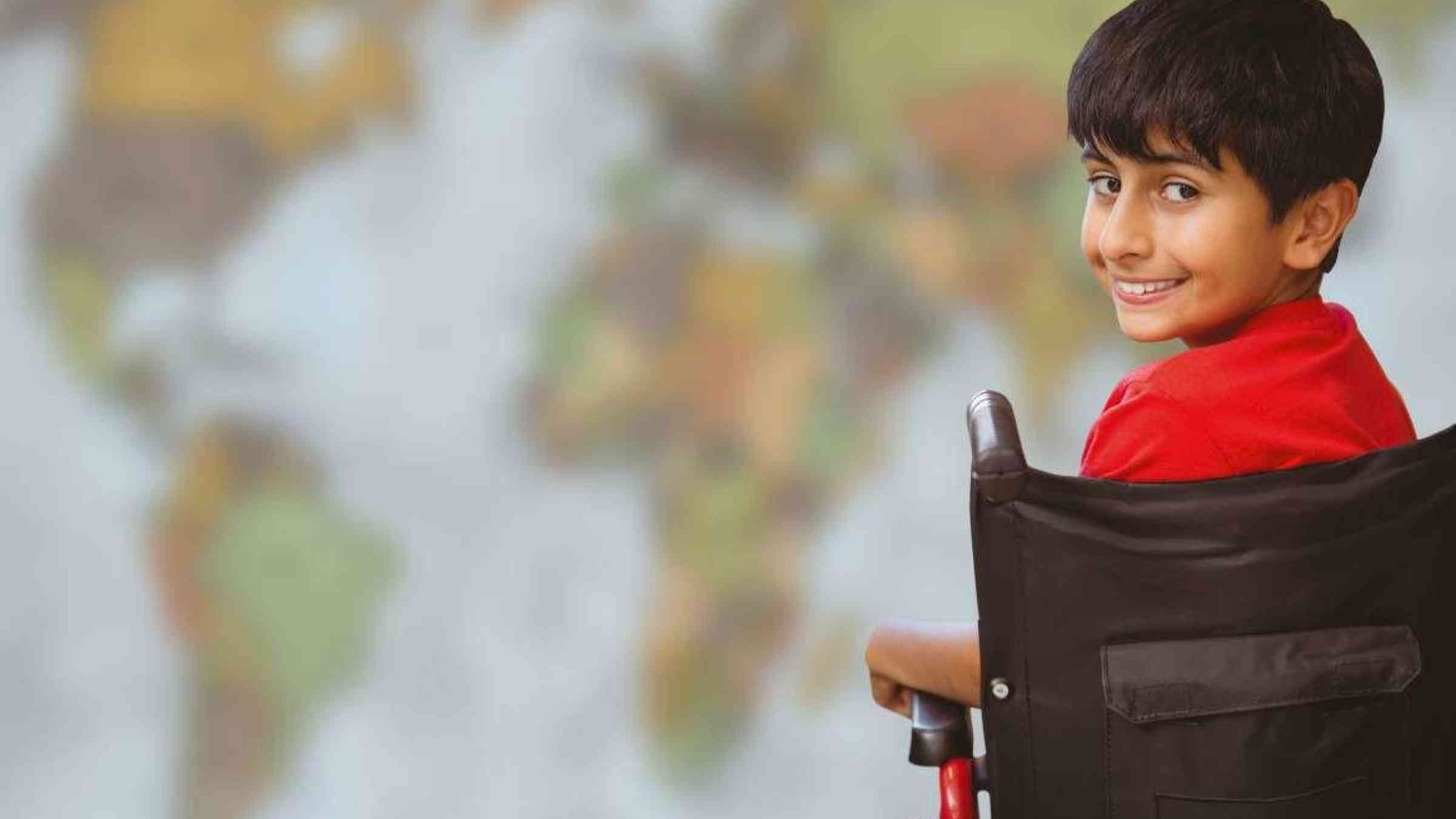Ensuring an equitable recovery: Disability inclusion in post-disaster planning

The impacts of disasters can be devastating. Depending on where you are, who you are, and what you have, it can be a life-altering experience. The COVID-19 crisis is no different. It disproportionally impacts the most vulnerable and marginalized groups who lack access to essential health, education, and sanitation services.
This also applies to the recovery. Those with access to resources, social networks, support systems, and communities fare much better than most. The more a person is excluded, the more challenging the recovery, and persons with disabilities often fall in this category.
An online survey conducted by the United Nations Office for Disaster Risk Reduction (UNDDR) indicates that only 10% of persons with disabilities believe their local government has emergency, disaster management, or risk reduction plans that address their needs, and only 20.6% reported they could independently evacuate immediately without difficulty in the event of a sudden disaster. The Haiti earthquake in January 2010 and other more recent emergency situations have drawn particular attention to their plight.
In the aftermath of disasters, the needs of persons with disabilities are often not reflected in post-disaster recovery efforts. This is a missed opportunity to build a more accessible environment that is inclusive and resilient to future disasters. If we took the needs of persons with disabilities into account, we could reduce these disproportionate risks by:
- making infrastructure resilient and accessible (barrier-free buildings and land use planning)
- setting up programs to actively employ persons with disabilities, such as hiring them in the recovery and reconstruction planning and implementation process
- making healthcare and education readily available by enrolling all schoolchildren in training programs that will help them respond to disasters, and ensuring healthcare is accessible to persons with disabilities before and after a disaster
- communicating hazard exposure and risk information in a way that can be understood and acted upon (for example, sign language interpretation and plain language)
Improved accessibility before and after a disaster also benefits older people, those who are ill or have been injured, pregnant women, and some indigenous and non-native language speakers. This is becoming more important, as additional layers of vulnerable people are emerging with the current COVID-19 pandemic. Overall, the World Bank and Global Facility for Disaster Reduction and Recovery (GFDRR) estimate that a quicker and more inclusive recovery could reduce losses to well-being by $65 billion a year.
Key steps for disability-inclusive disaster recovery
The World Bank Group is accelerating global action to address the needs of persons with disabilities, and announced ten commitments on disability-inclusive development in 2018 which include universal access features in post-disaster reconstruction. To help move the agenda forward, GFDRR, in partnership with the Social Sustainability and Inclusion Global Practice, developed a Disability-Inclusive Disaster Risk Recovery Guidance Note to provide action-oriented directions for government officials and decisionmakers responsible for post-disaster recovery and reconstruction.
Disability-inclusive recovery is about creating equal opportunities through the removal of barriers. We can do this by gathering baseline disability data and incorporating that in post-disaster needs assessments, by mainstreaming disability inclusion in the recovery program, and by recommending specific interventions. Importantly, persons with disabilities should be consulted throughout the process.
There are four essential steps to support inclusive post-disaster risk planning:
- Collect data on barriers and accessibility improvements to understand and assess disability inclusion in recovery and reconstruction.
- Adopt appropriate disability legislation to support a disability-inclusive recovery process that will prioritize needs and allocate resources. New policies should be in alignment with the UN Convention on the Rights of Persons with Disabilities to guide disability inclusive recovery and reconstruction.
- Establish institutional mechanisms to ensure the meaningful participation of persons with disabilities in the planning and designing of recovery and reconstruction processes. You can also identify and designate an agency with responsibility for coordinating and overseeing disability affairs in recovery and reconstruction. On top of this, ensure standards for disability inclusion in recovery and reconstruction are established and communicated.
- Target households and groups that have limited ability to self-recover, including households with persons with disabilities to receive financial support and other interventions. Set standards for disability inclusion in budgeting and procurement quickly and ensure they are applied across the recovery and reconstruction process. Also require full consideration of accessibility, including the principles of universal design, as a condition of financial contributions and assistance by all recovery actors.
Recovery from disasters is often tumultuous and traumatic, but it is also an opportunity to build back stronger by understanding and addressing unequal practices and structures. By making disability inclusion a priority in the recovery agenda, we can ensure more self-sufficient, inclusive, and resilient societies for all.